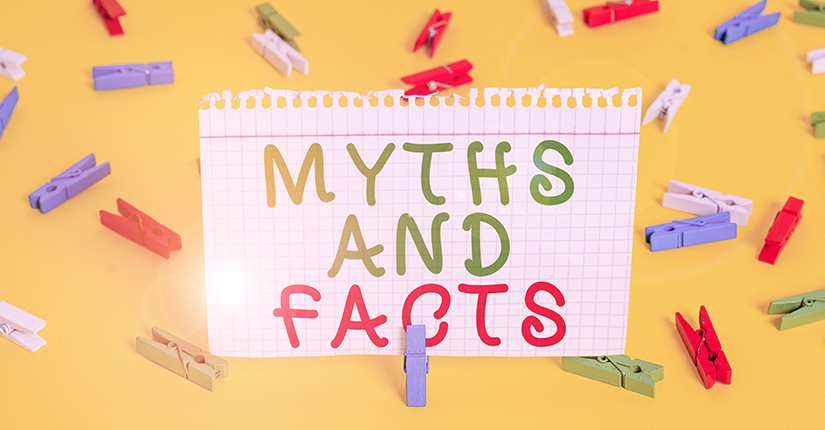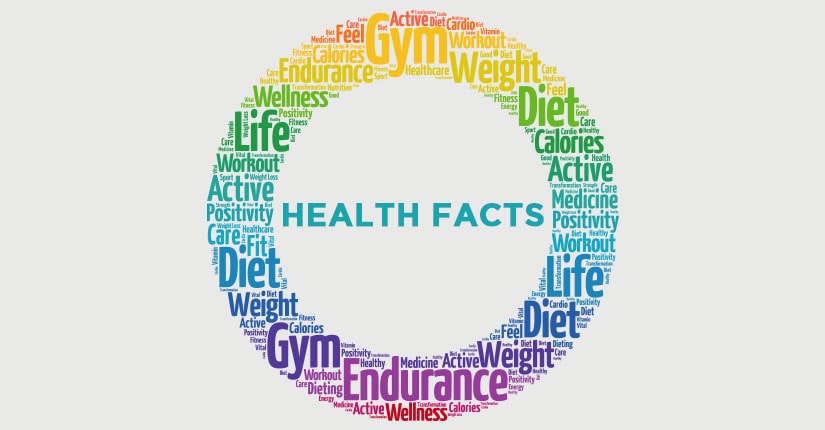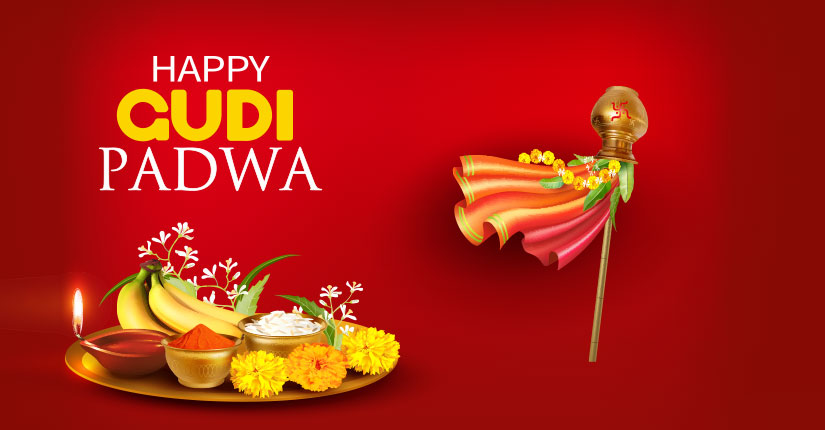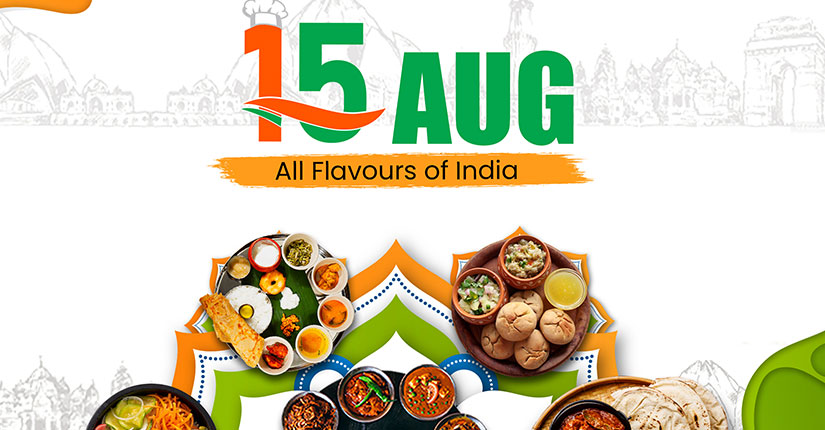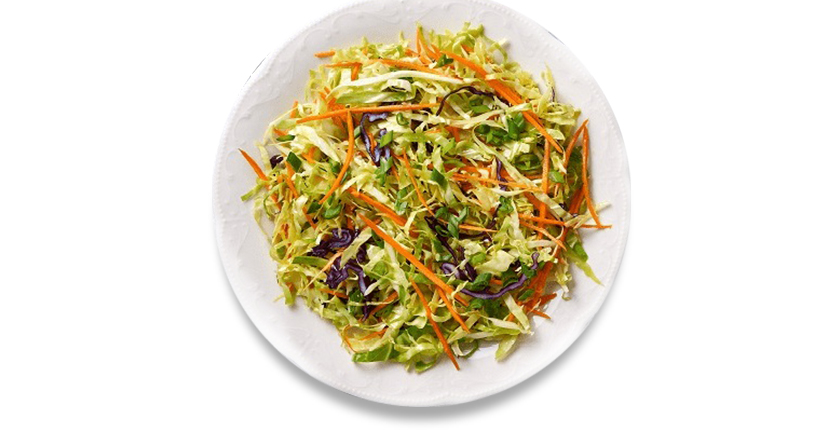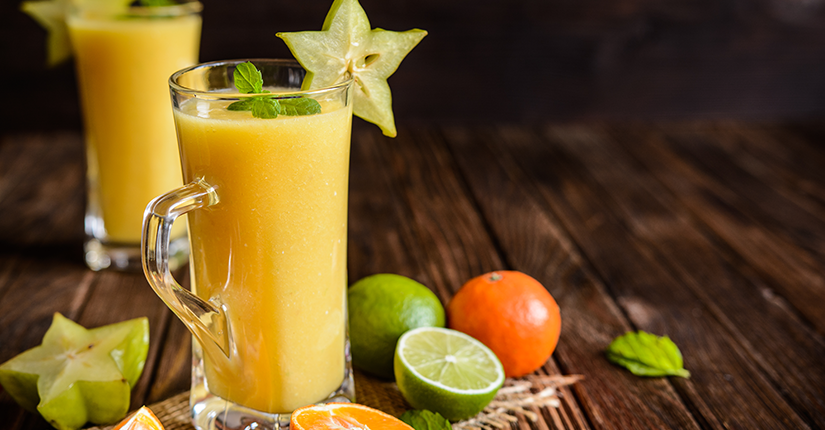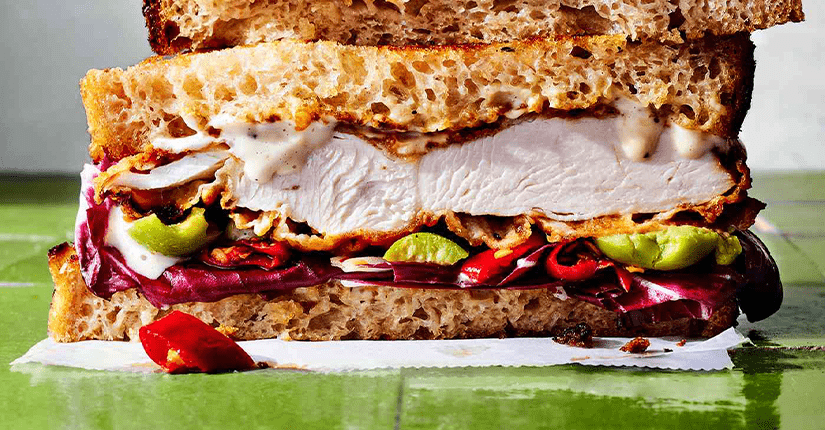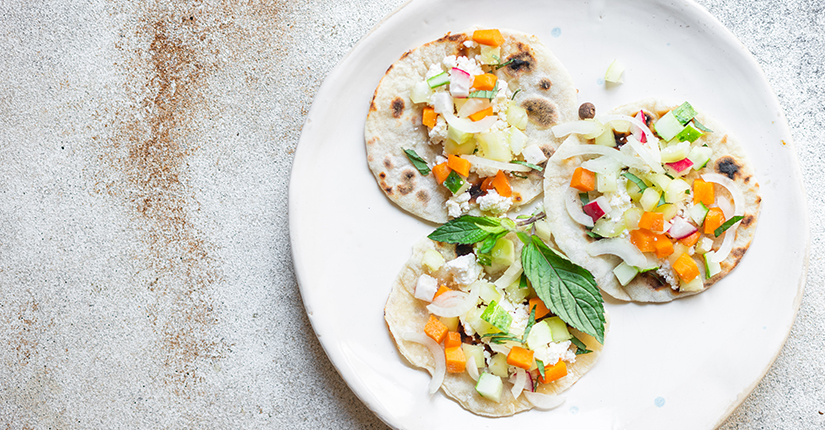Indian Grains Over Exotic Grains
By Nmami Agarwal 21-Feb 2023 Reading Time: 6 Mins
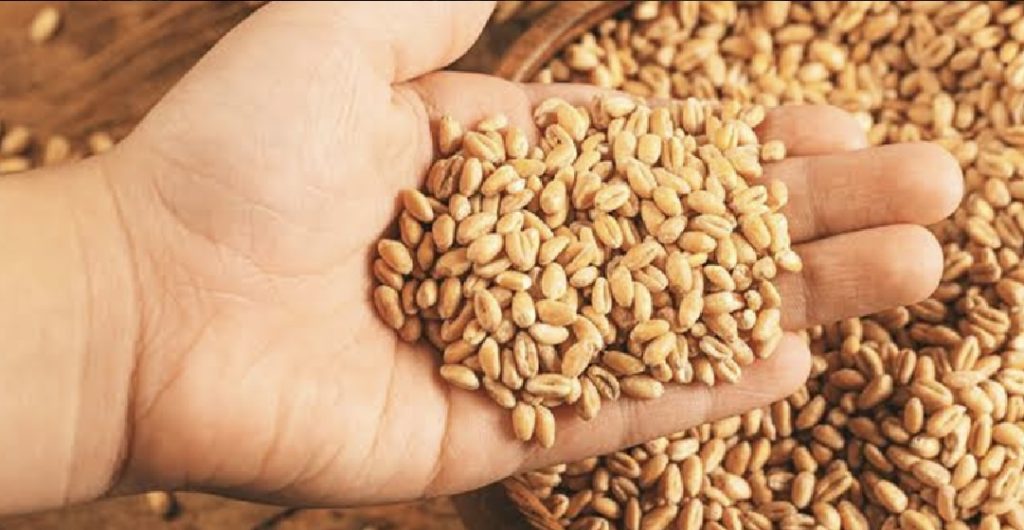
Over the past few decades, Indian kitchens and cuisine have adopted a lot from western cultures but at the same time, it has even found its way back to its roots. Wondering what am I talking about. I am talking about the times when our great-grandmothers ecstatically prepared those hot millet rotis served with some pickles, ghee, dal and lots of green leafy vegetables – our super healthy winter meals, oh that brings back some nostalgia.
However, in recent times, we have noticed an increasing craze in the consumption of grains like quinoa, oats, couscous etc, due to the whole gluten-free trend, but you’ll be surprised to know that none of these grains are local to our country. These grains have gained popularity for being gluten-free, high in fiber, complex carbs which don’t spike blood glucose levels drastically, nutrient-dense and so on, well, all of this is accurate and nothing to take away from these grains and it holds true more for the western countries but I personally believe that we should be celebrating the choices available in abundance in our country. A diverse country like India is home to many of these locally grown grains like ragi, jowar, bajra, Kodo millet, little millet and the list goes on, which can be considered as “superfoods” in today’s times. Millets are round-shaped, small, coarse grains which is a native crop to India that comes with an excellent nutrient profile. They are termed as “poor man’s food grain” due to their affordability. It is a drought and pest-resistant crop that survives in a harsh climate and less fertile soil.
Few of the Health Benefits of Millets –
Nutrient Dense
Millets come with numerous amounts of nutrients including dietary fibre, proteins, calcium, B vitamins, iron, manganese, magnesium, zinc, and potassium. They are also a powerhouse of flavonoids, antioxidants, saponins, anthocyanins and lignans
Regulates Blood Glucose
The presence of high dietary fiber along with all essential amino acids and trace micro-nutrients helps in stabilizing blood sugar levels. It also has a lower glycemic index and hence millets should be a part of a diabetic patient that helps in insulin sensitivity and also prevents blood sugar spikes
Helps in Weight Loss
Millets are a boon for people trying to achieve weight loss because of their high fibre content which provides satiety. Swapping rice with millet occasionally can lower the accumulation of fat, enhance gut health and helps achieve sustained weight loss
Good For Heart
Millets are rich in anti-oxidants which include beta-glucans, tannins, anthocyanins, and flavonoids. These anti-oxidants help in lowering the LDL cholesterol, and total cholesterol and help maintain the blood vessels of the heart healthy and clear off the clots, thereby improving heart health and reducing the risk of heart disease and stroke
Fights Against Cancer cells
Certain millets like foxtail are proven by research to be effective in inhibiting the growth of cancerous cells in the body. The phytochemicals in the millets have antiproliferative effects and lower the formation of cancer cells in the breast colon and liver
Aids digestion
The presence of high dietary fibre in millet helps improve digestive health. It combats bloating, cramping, constipation, regularizing a smooth bowel movement and aids improve other vital organs like kidneys, liver and boosts the immune system
Millets are more than a notch up in terms of accessibility, affordability, and perhaps sustainability when compared with exotic grains. Millets aren’t beneficial only for our health, but also for the agricultural and planet and communities, offering sustainable solutions to water scarcity and extreme weather conditions resulting from climate change. Also, there’s a famous food activist Michael Pollan’s famous quote, “Don’t eat anything your great-grandmother wouldn’t recognise as food” which makes a lot of sense.
Thankyou! Hope you benefitted from this blog.

